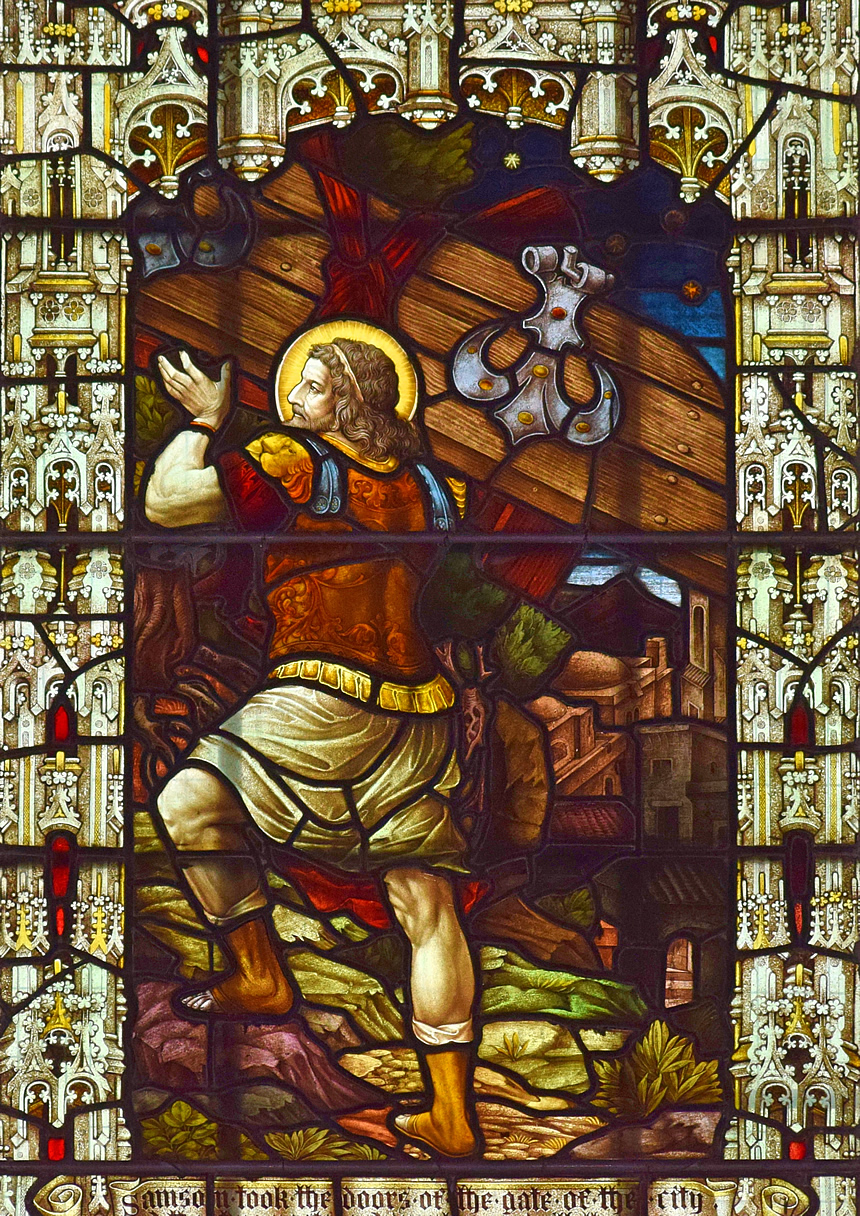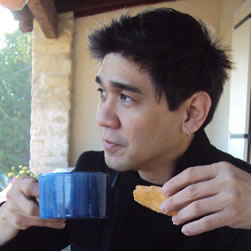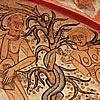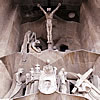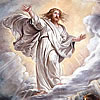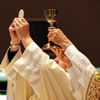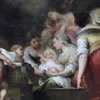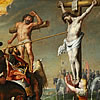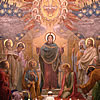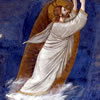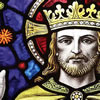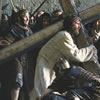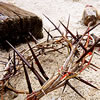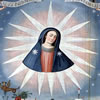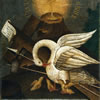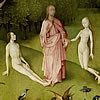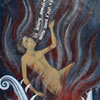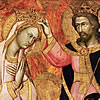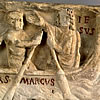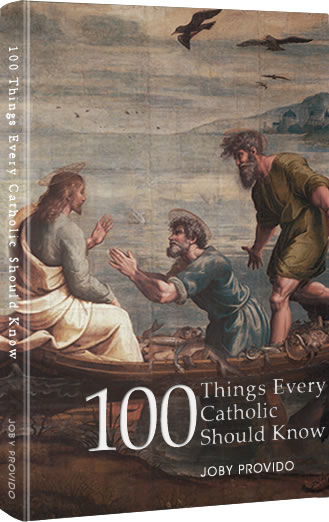How Samson and the Gate of Gaza foreshadow Christ and the cross
Whenever the name Samson is mentioned, people will mostly remember Delilah who betrayed him by cutting his hair off to take away his strength. If not that, they will remember how he pushed the pillars of Dagon’s temple and killed the Philistines as it came crumbling down on them. Most, however, will not remember the episode with the gate of Gaza, and it is unfortunate because it is a foreshadowing of Christ. Here’s how it goes…
As a background, the Israelites clamored for a king for that is what they saw in other countries. God, however, gave them judges (for the meantime). These are not magistrates who arbitrate lawsuits. Instead, they are persons who help Israel from her enemies. The story of Samson can be found in the Book of Judges from chapters 13 to 16; our episode can be found in chapter 16.
It was a time when Israel was “delivered into the hands of the Philistines.” Samson rose up as a judge and fought against them. Once he tied torches on tails of three-hundred jackals and let them loose on the grain fields of the Philistines so it would burn. When he was brought to the Philistine camp, he used a jawbone of an ass to kill a thousand of them. It shouldn’t be a surprise, then, that the Philistines wanted him dead.
The episode of the gate starts when Samson went into the city of Gaza, “where he saw a prostitute and visited her.” What they did in private, I don’t know (maybe they played cards, who knows.) Most likely the Philistines had spies following him because they knew he entered the city, and they knew he was in a prostitute’s place. They, then, hatched a plan: they would wait at the city gate where they would ambush him.
That plan made sense. Cities at that time had gates to protect them from marauders and enemies. The gate was very useful because they could shut it so undesirables could be prevented from coming in and convicts from escaping. So the city gate was the only place Samson could exit the city from, and there they waited for him. They would close the gate, trap him, and kill him. It would like be shooting fish in a barrel.
They said, “at morning light we will kill him.” This meant they expected Samson to spend the night at the prostitute’s place and wake up the next day to leave the city. If the Philistines had spies, they probably knew his patterns after stalking him for some time. For some reason that isn’t explained, Samson woke up in the middle of the night, went to the gate and uprooted it. He did not only dismantle the door, but carrying on top of his shoulders, he brought it to the top of a ridge. How is this a foreshadowing of Christ?
In the Creed, we say of Christ, “he descended to the dead and rose again on the third day…” We have to remember that God did not mean for humankind to die. Death was never part of his plan. It was original sin that brought in death in our fallen human nature. Death, then, is the invention of the enemy.
So when Christ breathed his last, death threatened to swallow him up and digest him in its dark pit. Christ then is like Samson when the closed gates of Gaza threatened to keep him inside where the embrace of death would hold him forever. But how could the author of life – life itself – be held prisoner by the gates of death? It is absolutely absurd! So Christ rose from his death sleep (like Samson rose in the middle of the night) and figuratively broke the gate that meant to keep him dead. He just didn’t escape death, but brought the “gates” to a place where it could never be used to keep people inside permanently ever again. Isn’t that what Christ did for us? Didn’t he take away the venom of death so it will not permanently harm all of us? Yes, our spirit will separate from our bodies at the end of our life, but it will be brought together again at the end of time. Death cannot keep us dead. That is the gift the Christ gave us. It is a gift we need to be thankful day after day because empti enim estis pretio magno – you were bought at a great price. Isn’t the act of Samson carrying the gate on his shoulders like Christ carrying the cross? Indeed it is a terrible price.
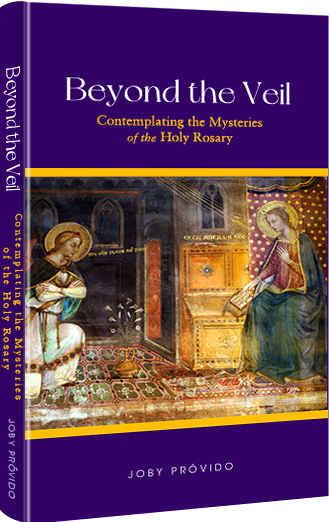
Beyond the Veil
Contemplating the Mysteries of the Holy Rosary
Prayer giants like Pope St. John Paul II, Pope Paul VI, Bl. Archbishop Fulton Sheen, and Bishop Robert Baron advocate that we contemplate on the mysteries of the rosary while we say the vocal prayers. Unfortunately, there are not many books that teach us how to do this. Beyond the Veil comes to the rescue by suggesting seven ways we can pray the rosary the way it was intended.
The larger part of the book offers mental images for each of the mysteries we can use in our contemplation, for how can we imagine the scenes in the rosary if we don't know about them?
Get your copy now either in Hardbound, Paperback, or Kindle
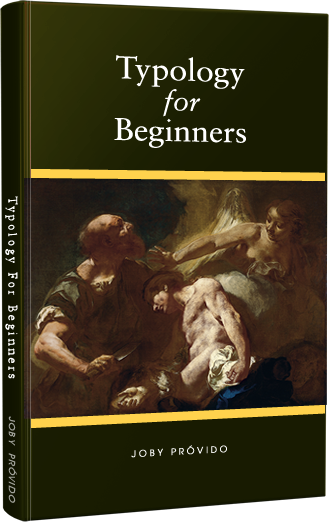
Typology for Beginners
A Catholic Perspective on understanding the New Testament through the Old Testament
First-century Jews converted to Christianity in droves because of the way the New Testament was written to show Jesus was the Messiah promised by the Old Testament. We also learn about how Mary is the New Eve and the Ark of the Covenant in the way the writers portray her.
Through typology, the patterns that connect the Old and New Testaments make the Bible stories more accessible so that one becomes excited to read Sacred Scripture again.
Get your copy now either in Hardbound, Paperback, or Kindle
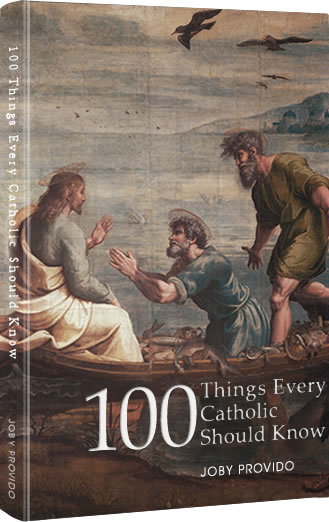
100 Things Every Catholic Should Know
Whether or not you are new to the Catholic Church, or struggling, or lapsed, or dynamically involved, this book will enlighten you with the essentials of the Faith that have been handed down to us by the apostles.
Each of the 100 topics is easy to read and distilled into bite-sized portions. Through cross-referencing, the book also shows how the topics are interrelated. Those who are new to the Faith will find this book an edifying handy reference, and those who have simply forgotten will find it a great review material that might spark a new love for God and religion.
Get your copy now either in Hardbound, Paperback, or Kindle

A Sky Full of Stars
Know Our Lady through her Titles in the Litany
The Church helps us understand who Mary is by honoring her with different titles in the Litany of the Blessed Virgin Mary. Unfortunately, over time and difference of culture, we might not grasp what it is the Church is ascribing to her and lose that opportinity to get to know her.
In A Sky Full of Stars, each title of the Litany is explained so we get know Mary more and fall in love with her all over again.
Get your copy now either in Hardbound, Paperback, or Kindle


